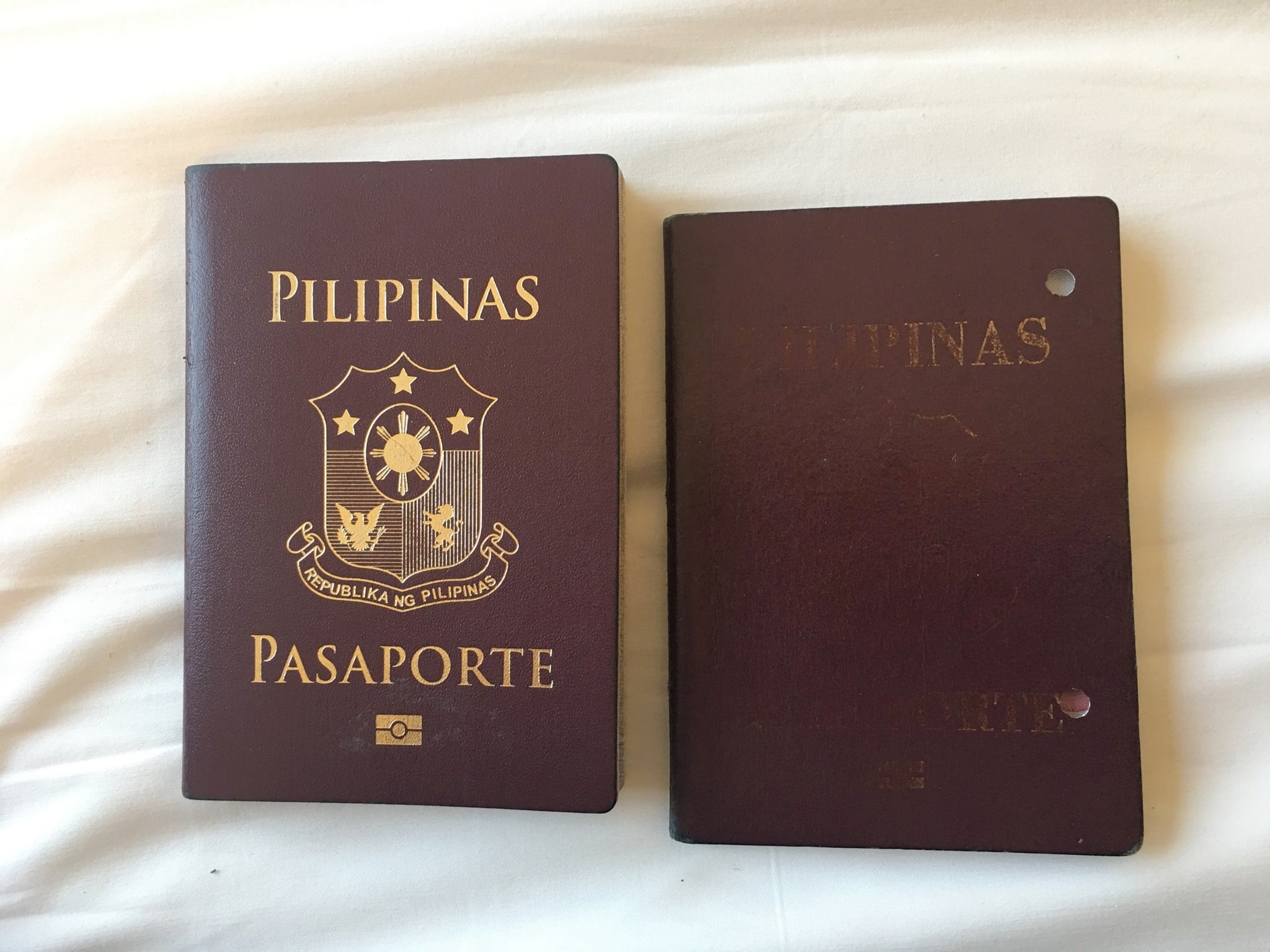How to Immigrate to Canada as a Carpenter
The demand for skilled professional workers in Canada is exploding. It is common knowledge that a whole generation of young people have chosen to quit working and have followed the trend of universities to obtain the same qualifications shared by thousands of others, which makes it much more difficult to move on in the world. saturated professional.
In Canada, the result is that all of our skilled professional workers are pulling out of the workforce, leaving a huge hole in the middle. Young people are slowly realizing that a well-paying career awaits them in the trades, but it will be a long time before the demand for skilled commercial workers is fully met in the Great White North. Carpenters are among the top five most in-demand trades and also among the top five highest-paid trades in Canada. The average salary of a qualified official carpenter in Canada is $ 65,026 per year, which is 27% more than the national average salary.
You will have a number of immigration options available to you, the main one being the Skilled Trades Program, an immigration stream included in the Express Entry program that could make you a permanent resident of Canada in as little as six months.
How You Can Immigrate To Canada
The Express Entry program is Canada’s premier immigration stream. It was created in 2015 with the goal of quickly tracking the immigration applications of talented foreign workers so that they can settle in Canada quickly and efficiently. There are three sub-streams in the program:
- Skilled Worker Program – for people with managerial or professional qualifications and experience;
- Skilled Trades Program – for qualified trades workers and journeymen under one of the following major groups:
- Major Group 72, industrial, electrical, and construction trades; Carpenters fall into this group
- Major Group 73, maintenance and equipment operation trades
- Major Group 82, supervisors and technical jobs in natural resources, agriculture, and related production
- Major Group 92, processing, manufacturing, and utility supervisors and central control operators
- Minor Group 632, chefs and cooks
- Minor Group 633, butchers and bakers
- Canada Experience Class – for people who fall into one of the above two categories and have at least one year of experience working in Canada already.
Skilled Trades Program Requirements
- Skilled work experience – at least two years work experience within the last five years in a skilled trade before you apply
- A valid full-time job offer (minimum contract of one year) or a certificate of qualification as a plumber from a Canadian provincial, territorial or federal authority.
- Language ability – certain aspects of your job will depend on your ability to communicate effectively with customers, for this reason, you will need to pass a Canadian Language Benchmark (CLB) test and earn a minimum CLB score of 4 in all four sections; reading, writing, listening and speaking.
- Qualifications – there is no educational requirement, however, it will boost your score if you have your qualification/certification credentials evaluated.
- Eligible – you must be eligible to immigrate to Canada, this means you cannot have a criminal record, you must be in good health and you must have legal status in the country you are living in now.
He must be assessed by the provincial authority upon arrival in Canada. Sure, get a bowl of poutine and a beer first, but then rate yourself! Each province will have its own independent body to assess your skills, so make sure you are assessed in the province where you want to work. An alternative to Express Entry is to submit an application directly to the province in which you wish to live and work through the Provincial. Nominations program. If the province is in need of skilled carpenters (almost all provinces need all kinds of skilled commercial workers), they will motivate your application for permanent residence to the Immigration and Refugee Board of Canada with a provincial appointment.Advertisements
Atlantic Immigration Pilot
If you don’t feel like waiting, you can always get a valid job offer, a temporary work permit, and come and start working. If you are smart, you will be looking for work in the most beautiful part of our country, Atlantic Canada. Newfoundland and Labrador, New Brunswick, Prince Edward Island, and Nova Scotia jointly created the Atlantic Immigration Pilot, an immigration program targeting skilled and unskilled individuals with opportunities in Atlantic Canada. The labor shortage in this region has led these four provincial governments to open their doors more than ever to foreign workers to meet the labor needs of each province. Therefore, a valid job offer, the intention to live and settle in Atlantic Canada, in addition to meeting the eligibility criteria, means that you can submit your application for permanent residence immediately.
Become a Carpenter in Canada
If you are not yet a certified carpenter, we recommend that you consider doing your apprenticeship in Canada. Carpenter apprenticeships generally last four years, like any university degree. The main difference is that you will earn a salary while doing your practical work during your apprenticeship! It will start with about 50% of what a skilled carpenter earns, increasing month by month until they reach the level of Certified Carpenter, also known as an official.
You will complete approximately 1,540 hours of practical work with 8-week technical training blocks per year for four years before taking your final certification exam. All of this will only cost about $ 2,000 per year, including textbooks, courses, personal protective equipment, and union registration. For comparison, college tuition can cost up to $ 20,000 per year for international students.
The permanent residency will be very easy to obtain as most provinces not only have an urgent need for skilled carpenters but also want their skilled craftsmen to stay. After all, why would they want to train you just to bring your expertise elsewhere, to stimulate the economy of another country or another province?









